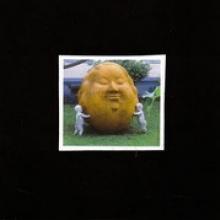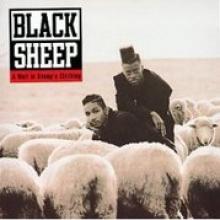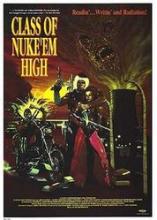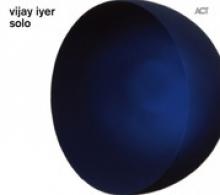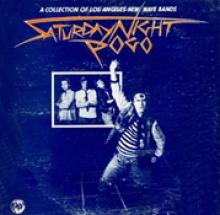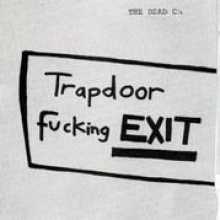Sir Richard Bishop: Knucklehead Freefall
The funny thing about the Sun City Girls – and there’s a lot that’s funny, even if it’s unintentional and people don’t really realize it – is that couched in different terms, the open minded, grown up punkers that comprise some of its fan base would be completely disinterested in what’s going on. Sir Richard Bishop’s solo career is an extension of that as well.
For all the noise made about Ehtio-Jazz and the African funk compilations, there’s not too much interest from the grown up punker community in American strains of funk or jazz. That topic alone, though, might take up an entire page, so we’ll let it die off right now.
Anyway, Sir Richard Bishop has taken in a huge amount of music, both foreign and domestic, in his thirty year music career. And he’s the kind of player that’s usually able to distill it all over the course of a single album. Releasing so much music during the last three decades has allowed for the guitarist to figure out how to voice all of this stuff kicking around his head – and his record collection – in some semblance of a cohesive album.
Part of that has to do with his guitar and what qualities it takes on during any given set of recordings. Obviously, when Bishop’s attempting to make a composition come off more jazzy than anything else, his instrument needs to reflect that. So, over the course of Knucklehead Freefall, the guitarist veers between a noisy conception of his instrument and appropriating the oud’s ability to sound serpentine in almost any setting.
The scarcity of the disc and the fact that finding a physical copy at this point is probably a pretty fruitless endeavor doesn’t add or detract from the listening experience – obviously. But people seeking the disc out have ample ground to do so.
Recording solo since about 1998, Bishop occasionally graces listeners with overt homage to Django and whoever else might need a bit of worship. On “Mit's Linctus Codeine Co,” Django isn’t summoned so much as the easy going vibe his music’s associated with. The chord changes are what’s interesting, though, it’s how Bishop gets from a to b and back again, occasionally making use of a sloppy sliding up or down the neck.
The weird thing, about his disc and everything Bishop’s been involved with, is that he’s a good player, not a master, but practiced enough to pull almost anything off.
